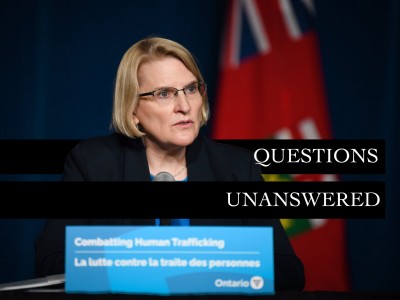
As Ontario’s solicitor general and MPP for Dufferin-Caledon, Sylvia Jones operates in the intersection of provincial and municipal politics.
But in a pandemic that has raged within her region, some Ontario residents question if the person in charge of public safety is interested in consulting with them to make her decisions.
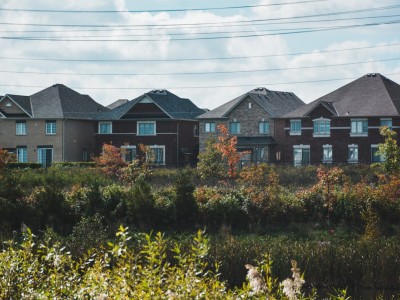
After more than three years of work, staff at the City of Brampton have unveiled a new housing plan.
The blueprint, which has significant costs associated, offers a route forward on housing for a council whose planning regime has been ruled by developers.
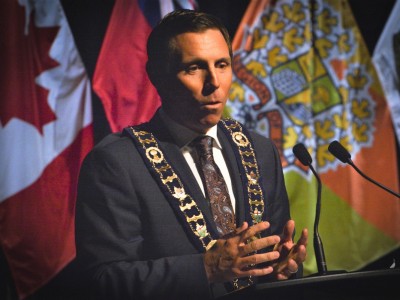
A workshop was sold as an avenue for Brampton’s elected officials to ask any questions about the controversial consulting work to set up a corporation to manage the city’s real estate portfolio.
The job was handed to an associate of Mayor Patrick Brown after a whistleblower alleges she was told to only contact one individual. After news of the questionable arrangement was reported, the workshop was promised to find out how taxpayer dollars were spent. Almost four months later, councillors say they are still waiting for answers.
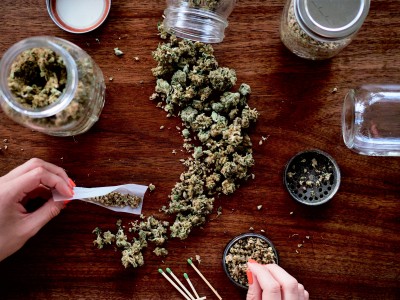
Mississauga’s refusal to host legal cannabis stores pushes residents who use the substance to illegal stores, mobile dispensaries à la Uber Eats, or to nearby cities. Charges for driving while under the influence of cannabis have almost doubled since 2018.
Meanwhile, police are spending heavy resources trying to shut down illegal storefronts as more popular mobile dispensaries are also thriving.
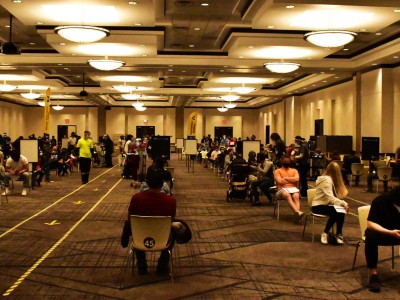
After months of getting the short end of the stick, Peel has administered more than its per-capita allocation of vaccines.
An increasingly heartening vaccination campaign offers residents some hope, but the dire situation in hospitals means the region still has a long way to go.

The next few months or years promise to be a ‘combustible’ time for the old Chrysler assembly line on Williams Parkway as it falls under new ownership. Can muscle cars keep the doors open in an age of sweeping policies to curb climate change?
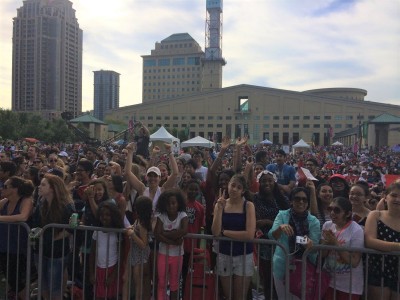
A survey of staff at City Hall has confirmed what most already knew: local government does not look like its residents. Less than 30 percent of the City’s staff identify as racialized, compared to about 60 percent of the Mississauga population, while the highest level of leadership is exclusively white.
The leader in charge of the diversity portfolio is also a white man. Eleven out of twelve council members are white. Without the lived experience, some question if they are an illustration of City Hall’s culture of indifference toward equity and inclusion.
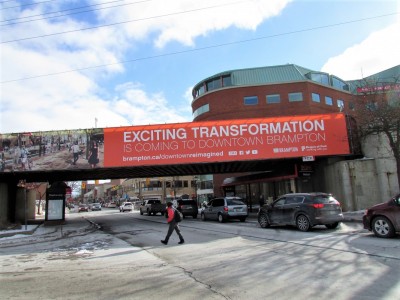
Creating a beautiful cityscape throughout a decaying downtown has been on the agenda for Brampton City Council for decades. Dysfunction among council members has returned, jeopardizing the future of a city centre desperately in need of a complete makeover. Wednesday’s meeting was an exercise in futility and local business owners are ready to revolt.
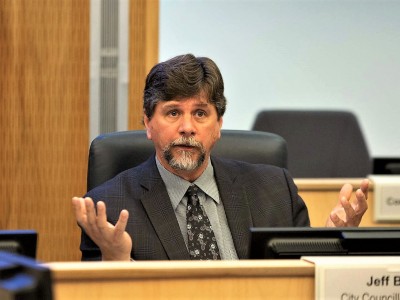
In a committee meeting, councillors found out that Brampton, during a year when the city was crushed by a public health crisis, saw the biggest jump in the number of employees on the “sunshine list” to date. Anxious not to repeat mistakes of the past, some councillors want a much needed discussion around senior staff salaries and perks, considering their responsibility to protect the taxpayers they represent.
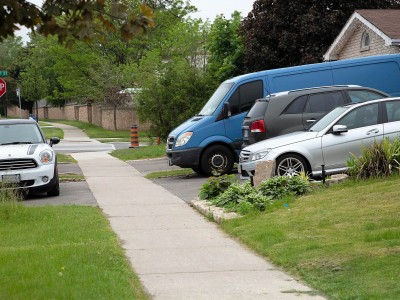
In a city that has faced tremendous population growth over the past three decades, which is projected to last at least another 20 years, Brampton has remained grossly underfunded. With one full-service hospital for a population approaching 700,000 and a lack of equitable public funding in almost all key government sectors, an issue that has loomed for years is the difficulty to accurately account for the city’s population. The current Census represents an opportunity to finally change this and secure a fair share of funding.
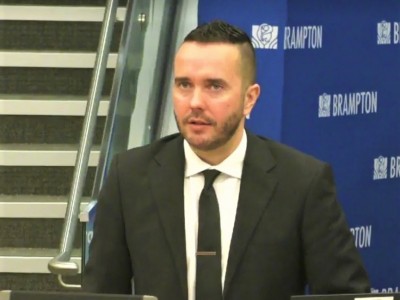
For the second time in the past six months, staff have violated guidelines under the Municipal Freedom of Information and Protection of Privacy Act. After CAO David Barrick illegally changed the staff member responsible for handling FOI requests and took over authority of the role, without the knowledge or approval of council, his administration is now ignoring legislated timelines to meet requests for public information.

Gagan Sikand has been away on a long-term medical leave since October. Despite pleas from residents, staff at his office and working for the Liberal Party have no answers about how long he will be away, how residents are being served and if there will be a by-election.
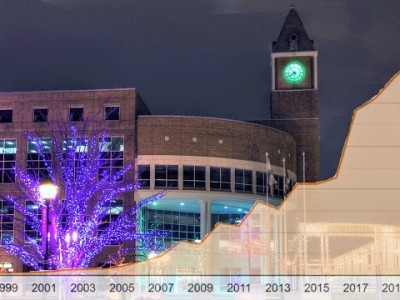
On Wednesday, Brampton Councillor Jeff Bowman will order City staff to create an analysis of spending on non-union salaries and benefits at City Hall. The move comes after sharp pay increases in Brampton, with more than 1,000 City staff now earning in excess of $100,000 per year. The number has more than doubled in five years.

Gurdeep (Nikki) Kaur was fired by CAO David Barrick hours after levelling explosive allegations against him, Mayor Patrick Brown and other senior staff members. In a bizarre twist, sources have confirmed Council has directed Barrick to rehire the whistleblower he fired three weeks ago.
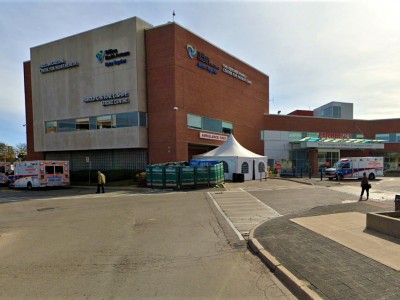
Mississauga Hospital was built in 1958 and, if plans move forward on schedule, could get a complete rebuild in 2024. The major healthcare investment is needed to accommodate rapid population growth that has seen the city’s number of beds per 1,000 residents fall to roughly 1.6, well below the national average of 2.5.
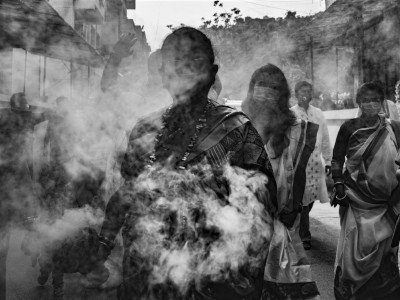
Peel Region is home to the country’s largest collection of South Asian-Canadian communities. Hundreds of thousands of residents have family back in India, where the recent viral spread has decimated the planet’s second most populous nation. For residents here, each day is met with anxiety as the situation half-way around the world worsens.
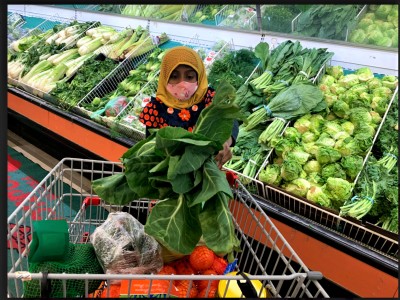
When Hana Fatima saw a woman struggling to shop among the horde of panic buyers last March, she knew she had to help. Her small act inspired the Good Neighbour Project.
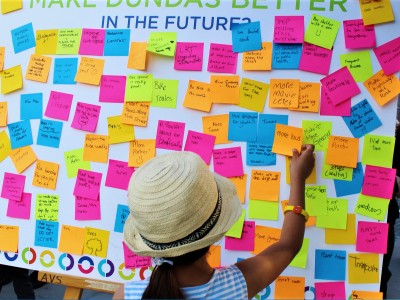
Governments are the first place residents turn to with questions about everything from snow removal to immigration applications. The pandemic has demanded an unprecedented level of communication between politicians and the public. Unfortunately, this has often left Canadians frustrated and somewhat alienated from government, as communication has frequently been disastrous.
Moving forward, local governments will need to rebuild trust among a public whose civic engagement had already dwindled.
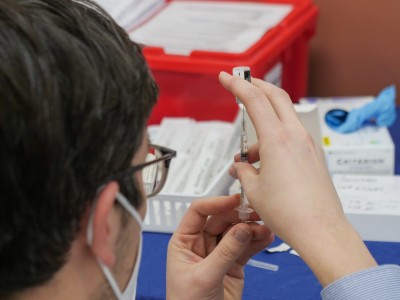
With 50 percent of provincial vaccine supplies going toward designated hotspots, it’s allowed Peel Region to lower eligibility to all residents 18 and over.
The Province said for the weeks of May 3 and 10 vaccines will be directed toward the hardest hit areas; what happens after these two weeks is unknown. Many residents have been rolling up their sleeves in hotspots after a seamless process booking their appointments; this has continued in non-hotspot areas as well.
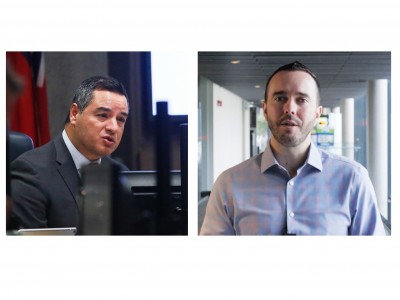
A recent report on an investigation into the City of Brampton’s employee benefits program was scrubbed of alarming findings, showing millions of dollars for medical costs had been overpaid.
The extensive altering of the report, without telling the audit committee, was another reason why Council, led by audit Chair Martin Medeiros, on Wednesday stripped CAO David Barrick of all authority over the internal audit function, after he took control of it last year, against the wishes of elected officials.
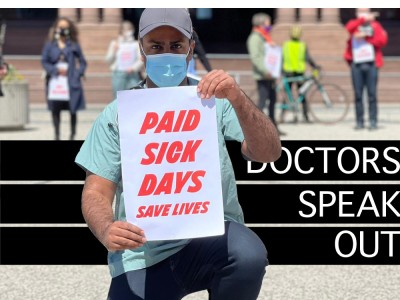
Advocates speaking on injustices that exist within the health sector have been using social media for years to share their message.
As COVID-19 spread, these experts gained prominence, using their platforms to connect with people struggling to understand the virus, and sharing clear information backed by evidence the Province refused to acknowledge.

Following damning whistleblower allegations against CAO David Barrick, the embattled head of the City’s bureaucracy was grilled during an audit committee meeting Tuesday as members said he has stripped away the accountability function’s independence. Meanwhile, 28 staff complaints that came into the corporate fraud hotline were closed by managers without sharing any details with Council or the audit committee.

At a press conference Tuesday, Minister of Education Stephen Lecce announced online learning will continue as an option for students into the next school year. The deadline for parents to tell schools is still not determined.
Additional COVID relief funding was also announced, but there are already concerns it won’t be enough for harder hit areas like Peel.
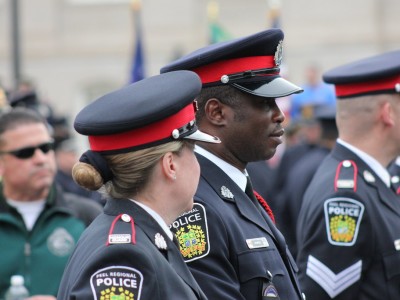
Originally due in early 2021, the details of an ambitious partnership between Peel Regional Police and the Ontario Human Rights Commission will be unveiled on May 28.
The plan is still to be finalized and approved, but will focus on data collection and analysis to help eradicate systemic discrimination within the force.

After a request from Environmental Defence and Ecojustice to take over the approval process for the controversial Highway 413 project, Ottawa has taken a first step.
Minister of Environment and Climate Change, Jonathan Wilkinson, announced he will designate the project under the federal impact assessment protocol, an initial move that could spell the end of a highway many in Ontario do not want.
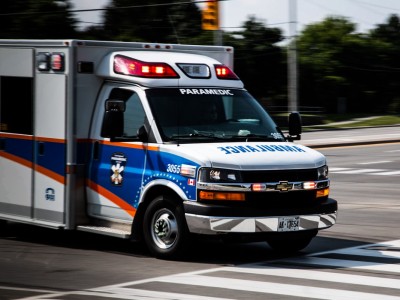
Peel’s rapid population growth creates a long list of challenges for those who respond to healthcare emergencies. How can paramedics reach more remote locations faster? How do paramedics reach those living in highrise towers where dealing with healthcare emergencies is already exceedingly difficult?
With Peel’s expansion, paramedics are trying to solve the problems that accompany all the growth.
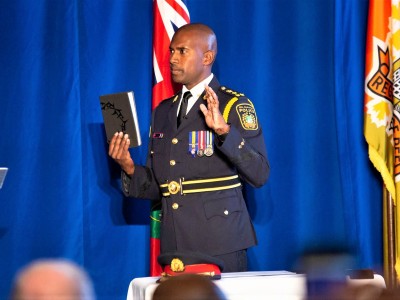
Peel police has yet to apologize for letting its former officer who sexually abused Kevin Dickman walk away.
Frank Kohler was sentenced this week for the serial sex abuse of Dickman, who was just a boy when the former Peel policeman assaulted him over five years. Five decades later, the force he once worked for, which let him walk away a free man despite all the evidence and a confession, remains silent on the past behaviour.
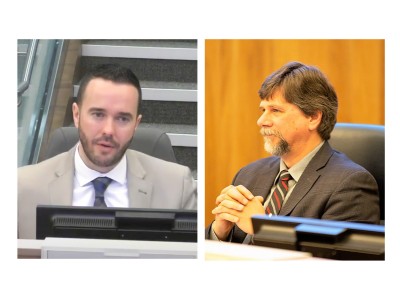
In a dramatic standoff Wednesday during a Brampton council meeting, Jeff Bowman confronted CAO David Barrick during a discussion on the hiring of an accountability officer after Barrick’s alarming efforts to thwart oversight of himself and the staff he oversees.
Bowman grilled Barrick for misleading council on his involvement with the independent internal audit department.
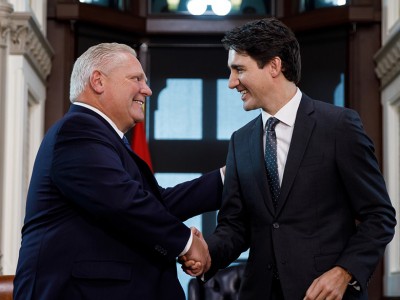
The federal government will decide by May 4 whether to take control of the GTA West Highway from Queen’s Park and potentially end the project for good.
In the last of a three-part series, The Pointer looks at how the struggle between cities, the Province and Ottawa over the route represents a crucial opportunity to collaborate on climate change, instead of wasting time we don’t have on disagreements that won’t matter once it’s too late.
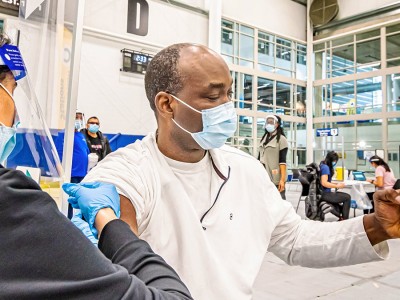
After a year of neglect, a huge announcement by Queen’s Park Thursday means every adult in Peel’s hotspot postal-code-areas will be eligible to book a vaccination appointment starting next week.
The new directive has stirred hope among essential workers and other residents, but some are wary of being let down again, after the region’s woeful treatment by the Province throughout the pandemic.

Tuesday’s news that Premier Doug Ford will not live up to his recent commitment to finally provide guaranteed paid sick days will have a compounding impact on Malton, which is suffering the highest rates of transmission in Mississauga.
With a clear picture of what has happened in neighbouring Brampton and throughout Malton, why hasn’t Peel Public Health provided the needed support?
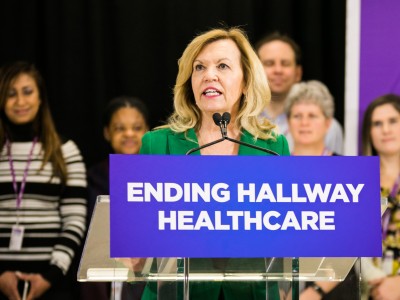
Monday was a day that crystallized for many the utter neglect much of Peel has suffered throughout this pandemic.
In Ottawa, a moment of silence was observed inside Parliament for Emily Viegas, who died due to COVID-19 last week. In Brampton, a sense of dread and hopelessness is washing over the community.
Meanwhile, Ontario’s Health Minister Christine Elliott, in a heartless response to the girl’s death, claimed the ravaged region is getting all the help it is “entitled” to.
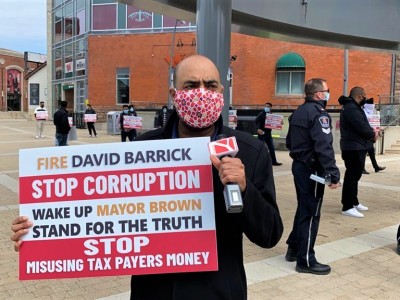
In the days following damaging allegations of corruption, racism and nepotism made by a now-former senior director inside City Hall, residents are calling for CAO David Barrick to be fired by council members. They voiced their concerns online and off, taking to the streets Monday to protest the City’s handling of the latest accusations and other disturbing conduct by Barrick, while Mayor Patrick Brown, who hired him, remains silent.
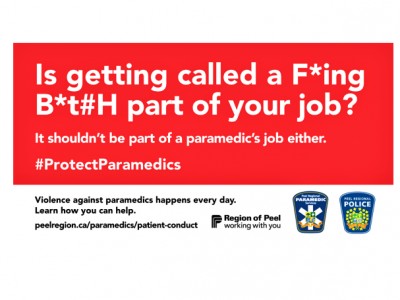
During the height of the ongoing pandemic, Peel Paramedics have launched a new public awareness campaign highlighting the shocking levels of violence and harassment first responders experience every day. The latest advocacy effort shows the organization is trying to move beyond its apathetic, macho work culture of the past, to one that understands the mental and physical toll frontline staff struggle with.
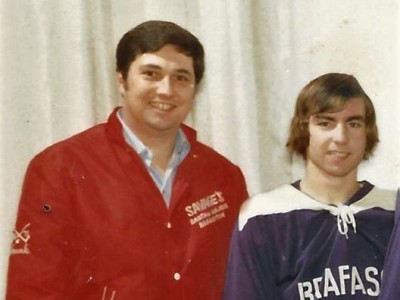
For five years in the late 1960s and early 1970s, Kevin Dickman was sexually abused by Frank Kohler, his Big Brother at the time and a Peel Regional Police officer.
The abuse traumatized Dickman, pushing him into a life of depression, homelessness and drug use. He committed suicide in 2019.
On Tuesday, Kohler finally faced justice and will spend the next four years in a prison cell.

For those privileged enough to play, the ancient game might be the vaccine needed to help them cope with the surging pandemic. But Doug Ford has shut the game down. For segments of the population being most severely ravaged, particularly those who provide essential work, opening golf courses might be the last of their worries, but closing off outdoor recreation is only making the ongoing public health crisis worse.
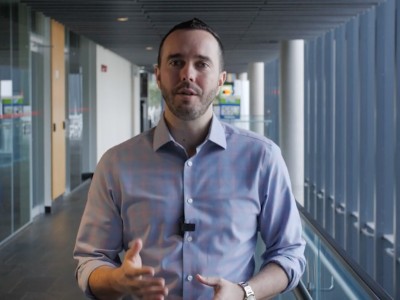
Claims of corruption, bullying, and questionable procurements inside City Hall are outlined in a stunning email by a woman who, until Thursday, held a senior role in Brampton’s shaky administration.
She was fired hours after her damning allegations, and on Friday council voted for a third-party investigation into CAO David Barrick, a controversial figure who was also at the heart of a scandal that rocked Niagara Region.
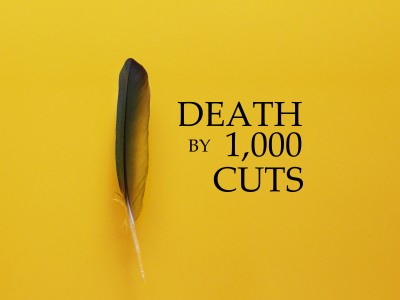
An analysis completed by The Pointer has discovered nearly 30 species at risk lie within the proposed path of the GTA West Highway.
Construction of the highway will lead to extensive habitat destruction and proliferate the urban sprawl that has paved over much of Southern Ontario in recent decades.
With each new development, more habitat is lost and, eventually, there will be nowhere for wildlife to flee.
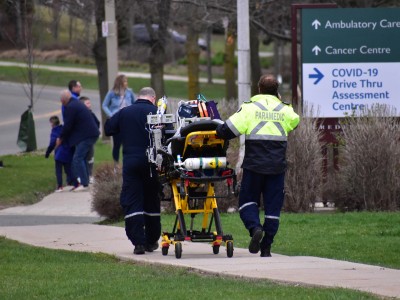
Ontario’s brutal third wave continues to stretch the ability of Peel’s healthcare providers to care for the sick and track down the infected.
The region is struggling with sky-high positivity rates and overloaded hospitals as the vaccine rollout continues to lag behind the rapidly spreading virus.

The federal government will decide by May 4 whether to take control of the GTA West Highway from the provincial government and potentially end the project for good. In the second of a three-part series, The Pointer looks at transit alternatives to the highway and how they could impact growth in the region.
Simply cancelling the route won’t be enough to change the trajectories of growth in Brampton and Caledon.
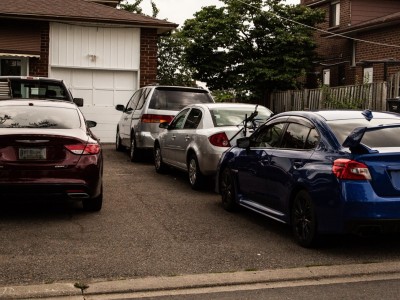
For nearly three years, homeowners who expanded their driveways to accommodate extra vehicles beyond the legal allowance, have not faced much trouble.
That is about to change, thanks to a push by City Councillor Jeff Bowman, who questions why some residents have been allowed to do this for so long.
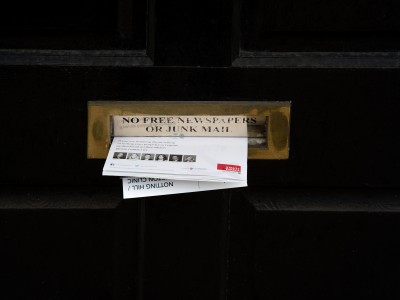
In Mississauga and Brampton, many councillors keep their constituents up to date with printed newsletters that are mailed to their doors. In 2020, at the Region of Peel alone, about $133,000 was spent on old fashioned print newsletters to communicate during a rapidly evolving public health crisis.
Brampton Mayor Patrick Brown, who is fixated on tax freezes and fiscal belt-tightening demanded of others, uses taxpayer dollars to spend excessively promoting himself.

The officer who shot Ejaz Choudry to death as the elderly man advanced on him with a kitchen cleaver is the latest to be cleared of wrongdoing by the Special Investigations Unit.
While the Choudry family, community advocates and stakeholders demand answers, the detailed SIU report suggests the problem is not the fault of frontline officers facing the wrath of an angry public.
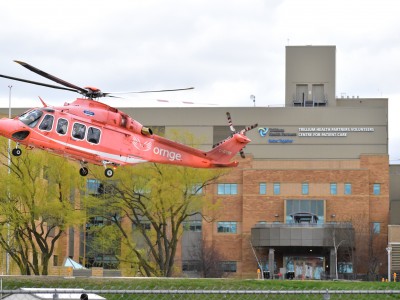
Helicopters and ambulances leaving the Region of Peel with COVID-19 patients are the duct tape holding Brampton and Mississauga’s healthcare systems together.
As hospitals across Ontario fill up, frontline staff are terrified an already strained system could finally break down.

A Mount Pleasant resident has dedicated much of his free time to maintaining and running a Facebook group for his neighbourhood.
His efforts are focused on creating a feeling of community in Brampton, helping residents to communicate as the Flower City changes and grows.

The City of Brampton is celebrating a significant investment in its transit system by Ottawa and Queen’s Park, after almost $175 million in funding was confirmed.
The money, which will be paid by all three levels of government, means transit expansion can continue after Mayor Patrick Brown removed capital funding from the City budget under his zero-tax-increase policy. One key question: why is the City building infrastructure that doesn’t support its commitment to sustainability?
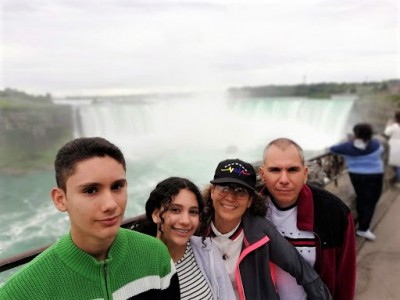
When the pandemic hit, many Canadians adapted with the help of familiar social programs and family networks for support. For newcomers to the country, who came with little more than the possessions in their suitcase, the public health crisis became the latest obstacle in their pursuit of a new life.
A successful transition into a new society was suddenly made even more difficult. Despite setbacks, adult students are quietly plodding along, learning words like resilience, determination... and hope.
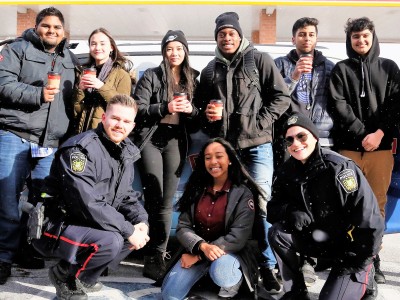
Police shootings and now a misguided provincial backlash against the women and men sworn to protect us raise questions about our faith in law enforcement.
After Doug Ford’s ham-fisted announcement Friday afternoon, confusing an already confused public, misinformation and hysteria around police “carding” were the inevitable outcome of decades of broken trust between police and the public.
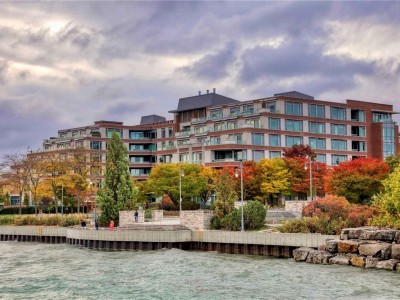
Between the beginning of May and the end of September, the City of Mississauga will introduce harsh fines for those caught parking illegally near the lakeshore. The move addresses concerns of Ward 1 and 2 residents, but raises broader issues around accessibility for those not fortunate enough to live beside the Great Lake.
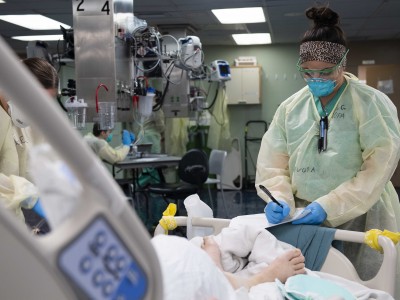
Peel Region has been struggling with overwhelmed healthcare resources and inadequate staff numbers for years, resulting in lengthy wait times and hallway care long before COVID hit.
With the third wave of the pandemic crashing over the province, hospitals have been asked to ramp down elective surgeries, causing a domino effect in Peel’s already overburdened healthcare system.